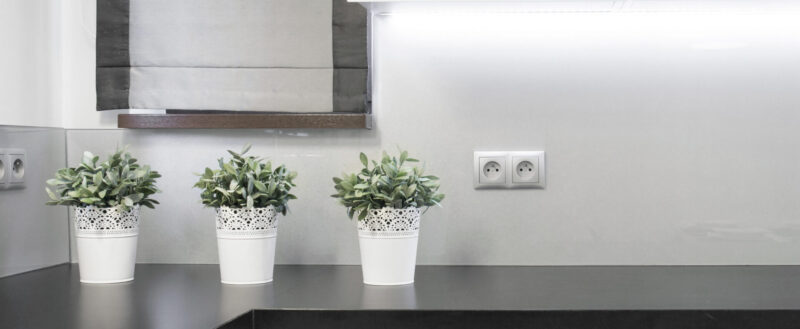13 Easy Ways To Stop Pests From Invading Your Wyoming Home Before Fall
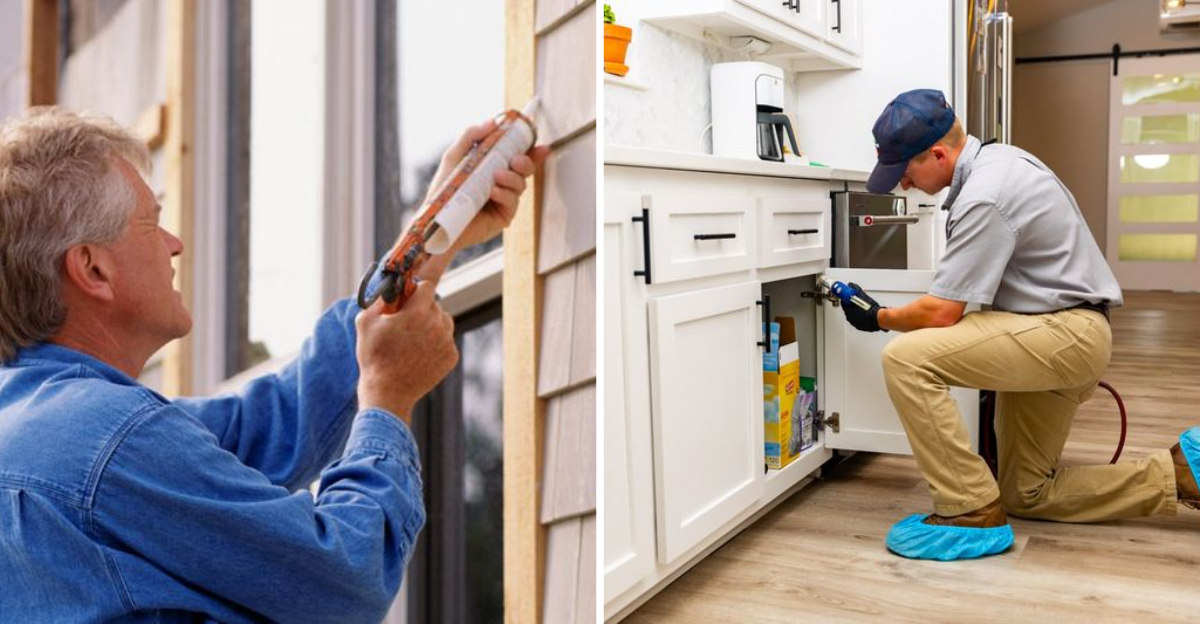
As summer winds down in Wyoming, pests start searching for warm places to spend the colder months, and your home looks like the perfect hideout.
From mice scurrying through tiny cracks to spiders spinning webs in your basement, unwanted visitors can quickly turn your cozy space into their winter retreat.
I’m here to share simple, effective strategies that’ll help you keep these critters outside where they belong. Taking action now means fewer surprises when temperatures drop.
1. Seal Cracks and Gaps Around Your Foundation
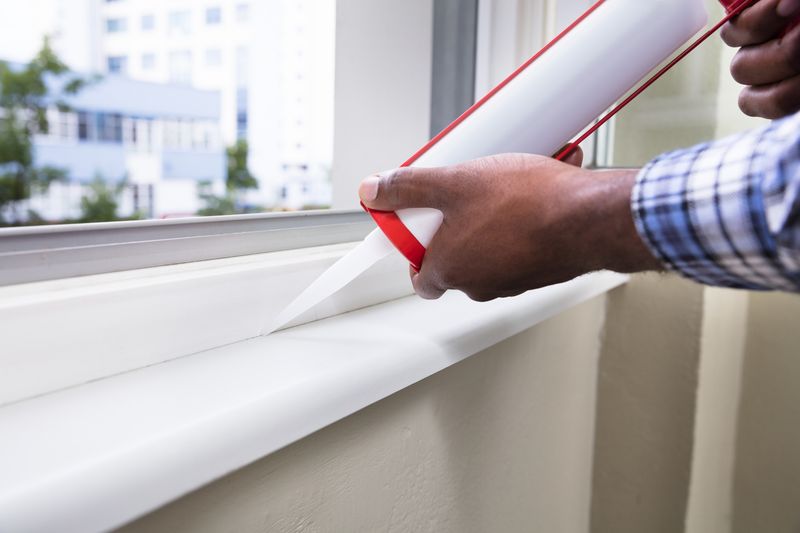
Did you know that mice can squeeze through openings as small as a dime? Your home’s foundation probably has more entry points than you realize, and pests are experts at finding them. Walk around your house and look carefully at where the walls meet the ground.
Grab some caulk or expandable foam from your local hardware store. Fill every crack, gap, or hole you spot, no matter how tiny it seems. Pay special attention to areas where pipes or wires enter your home.
This simple task creates a solid barrier that keeps rodents, insects, and spiders from sneaking inside. It’s one of the most effective defenses you can build before fall arrives.
2. Install Door Sweeps on All Exterior Doors
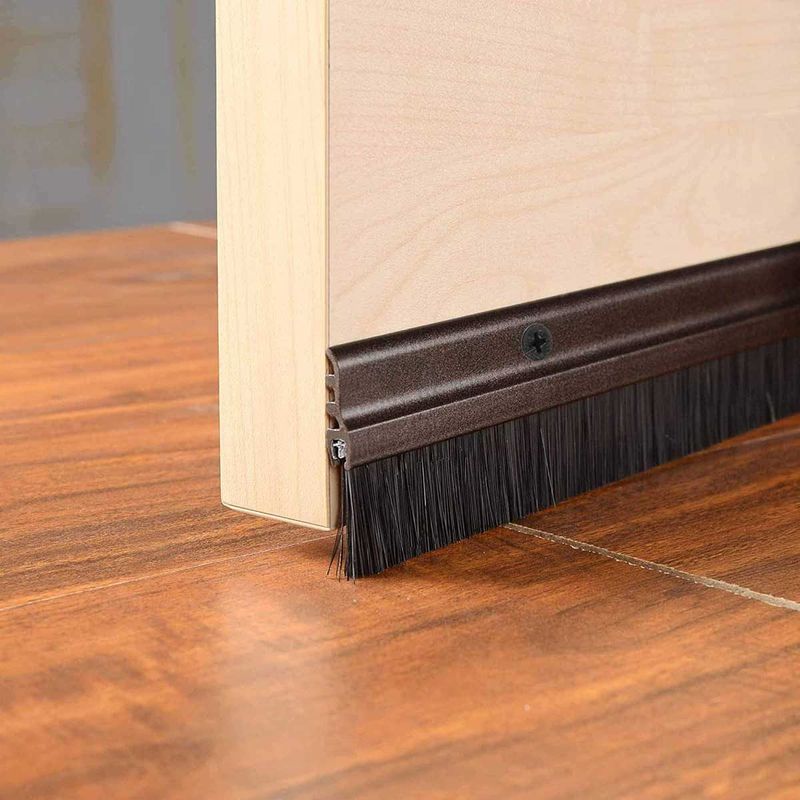
If light shines under your doors, pests can definitely get through that space. Door sweeps are inexpensive strips that attach to the bottom of your doors and block those gaps completely. You’ll find them at any home improvement store, and installation takes just minutes.
Measure each exterior door before you shop so you buy the right size. Most sweeps come with adhesive backing or simple screws that make installation super easy. Check your garage doors too since those often have the biggest gaps.
Once installed, these sweeps stop crickets, ants, spiders, and even small mice from crawling underneath. Your energy bills might drop too since you’re blocking drafts.
3. Trim Trees and Shrubs Away From Your House
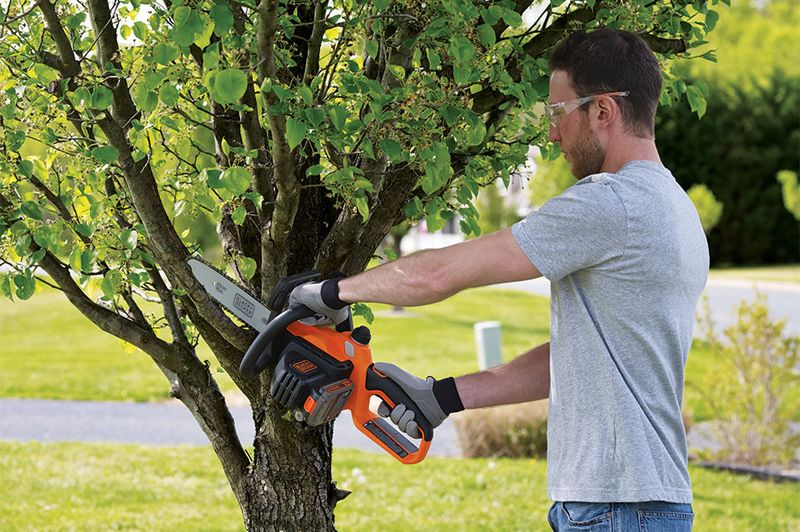
When branches touch your house, they’re basically highways for pests to reach your roof and walls. Ants, spiders, and even rodents use these natural bridges to access your home without ever touching the ground. Keeping vegetation trimmed back creates a protective buffer zone.
Aim for at least three feet of clearance between your house and any plants. Use quality pruning shears or hire a landscaping service if the job feels too big. Focus especially on trees that hang over your roof.
This maintenance doesn’t just stop pests it also prevents moisture damage and keeps your siding in better condition. Your home will look neater and be much harder for critters to invade.
4. Clean Your Gutters Before Fall Arrives
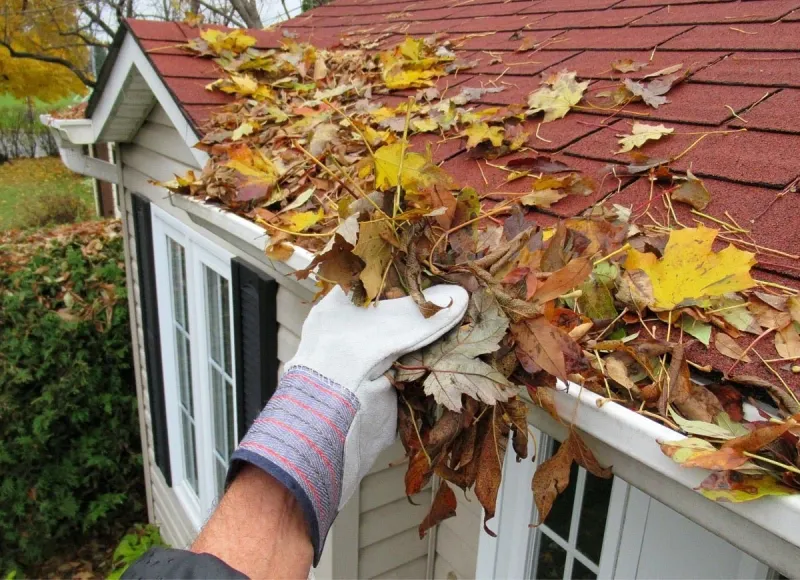
Are your gutters overflowing with leaves and gunk? That soggy mess is basically a five-star hotel for mosquitoes, ants, and other pests. Standing water in clogged gutters also attracts wasps and provides drinking spots for rodents.
Grab a sturdy ladder and scoop out all that debris by hand or with a small garden trowel. Flush the gutters with your hose to make sure water flows freely toward the downspouts. Consider installing gutter guards to reduce future maintenance.
Clean gutters mean water drains properly away from your foundation, which prevents both pest problems and water damage. I recommend doing this job at least twice yearly, especially before fall and winter set in.
5. Store Firewood at Least 20 Feet From Your Home
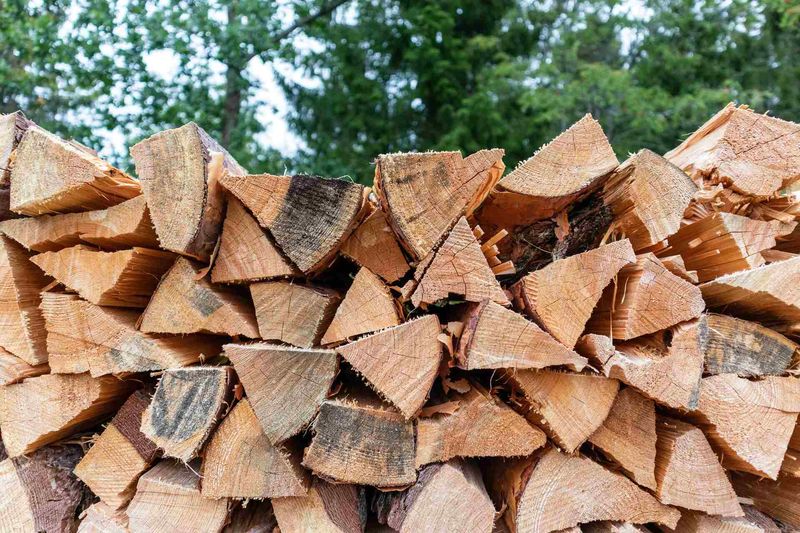
How cozy is that firewood stack right next to your back door? Unfortunately, it’s also cozy for termites, carpenter ants, spiders, and mice who love making homes in wood piles. These pests can easily migrate from the woodpile straight into your house.
Move your firewood to a spot at least 20 feet away from your home’s exterior. Stack it on a raised rack rather than directly on the ground to improve air circulation and reduce moisture. Cover the top with a tarp but leave the sides open for airflow.
This distance creates a barrier that most pests won’t cross to reach your home. You’ll still have convenient access to firewood without turning your home into a pest magnet.
6. Repair Window Screens and Weather Stripping
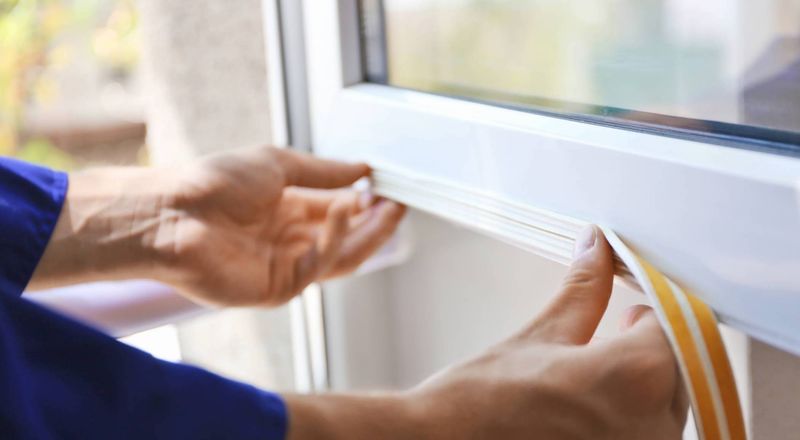
It’s amazing how many bugs can fit through a tiny tear in your window screen. Even small holes invite flies, mosquitoes, stink bugs, and wasps into your home when you’re trying to enjoy fresh air. Weather stripping around windows also deteriorates over time, creating gaps pests exploit.
Inspect every window screen for tears, holes, or loose frames. You can patch small holes with screen repair kits or replace damaged screens entirely. Check the weather stripping too and replace any sections that look cracked or compressed.
Fresh screens and tight seals let you open windows without rolling out the welcome mat for insects. This repair pays off immediately in comfort and pest prevention.
7. Eliminate Standing Water Around Your Property
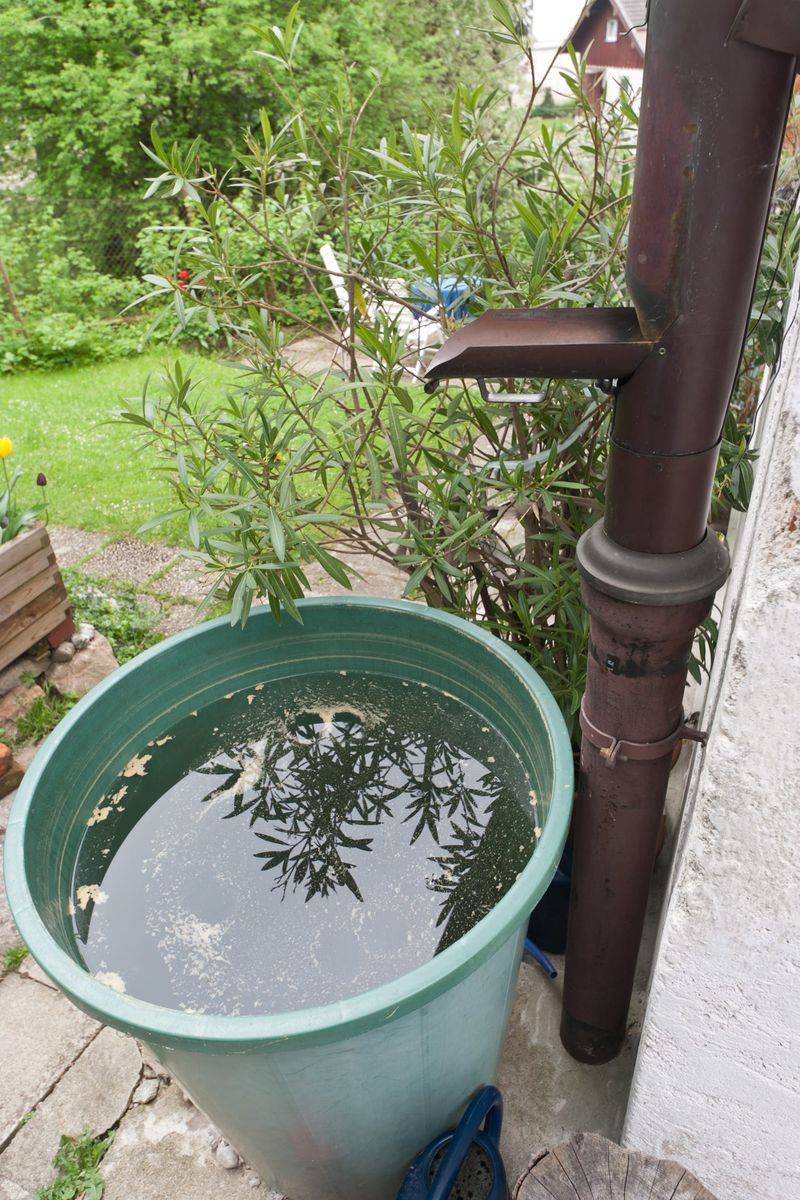
Though Wyoming is known for being dry, any standing water on your property becomes a breeding ground for mosquitoes and attracts thirsty pests. Check for water collecting in flower pots, bird baths, old tires, kids’ toys, and clogged drainage areas.
Walk your entire yard and dump out any containers holding water. Make sure your lawn drains properly without leaving puddles for days after rain or watering. Clean and refill bird baths weekly if you keep them.
Mosquitoes can breed in just a bottle cap’s worth of water, so being thorough matters. Removing these water sources dramatically reduces the mosquito population around your home and makes your yard less appealing to other pests too.
8. Keep Your Kitchen Spotlessly Clean

If I’m being honest, your kitchen is the number one reason pests want inside your home. Crumbs on counters, dirty dishes in the sink, and uncovered food are like advertising billboards for ants, cockroaches, and mice. Pests have incredible senses and can detect food from surprisingly far away.
Wipe down all surfaces daily, especially after cooking. Store food in airtight containers rather than leaving boxes and bags open. Take out your trash regularly and use bins with tight-fitting lids.
A clean kitchen removes the main attraction that draws pests indoors. When there’s nothing to eat, your home becomes much less interesting to hungry critters looking for an easy meal.
9. Seal Food in Airtight Containers
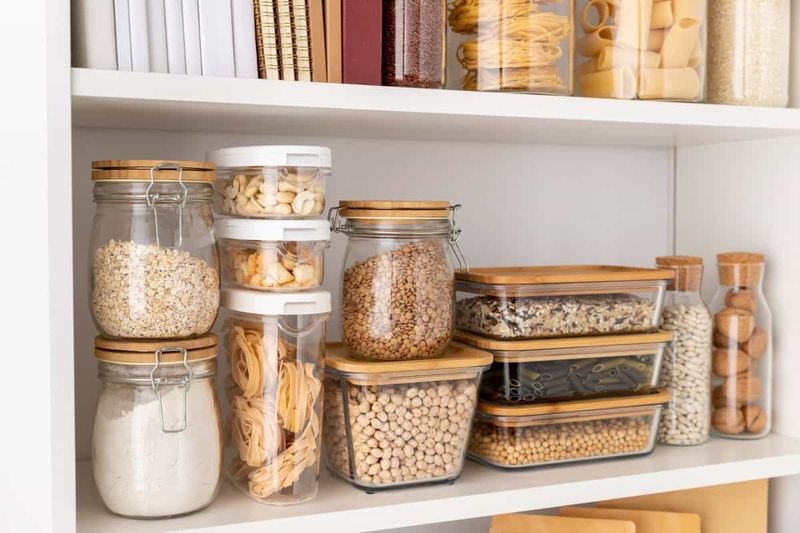
Are your cereals, pasta, and snacks sitting in their original cardboard boxes or flimsy bags? Rodents and pantry pests like grain beetles can chew right through that packaging in seconds. Once they discover your pantry, they’ll invite their entire extended family to the feast.
Invest in quality airtight containers made of glass, thick plastic, or metal. Transfer all dry goods like flour, sugar, rice, cereal, and pet food into these sealed containers. Label them clearly so you know what’s inside.
This simple switch protects your food investment and eliminates easy meals for pests. You’ll also keep your food fresher longer and your pantry better organized, which makes this change a total win.
10. Apply Weatherproof Caulk Around Windows and Pipes

Where pipes, cables, and wires enter your home, there are usually gaps that builders didn’t seal completely. These overlooked spaces are perfect entry points for spiders, ants, wasps, and mice seeking shelter before winter. Windows also develop gaps as buildings settle over time.
Buy weatherproof exterior-grade caulk that won’t crack in Wyoming’s temperature swings. Carefully seal around every pipe, wire, cable box, and dryer vent opening. Check window frames where they meet the siding too.
This protective barrier keeps out both pests and cold air, so you’ll notice lower heating bills along with fewer unwanted visitors. It’s preventive maintenance that delivers multiple benefits throughout the year.
11. Install Yellow or Sodium Vapor Outdoor Lights
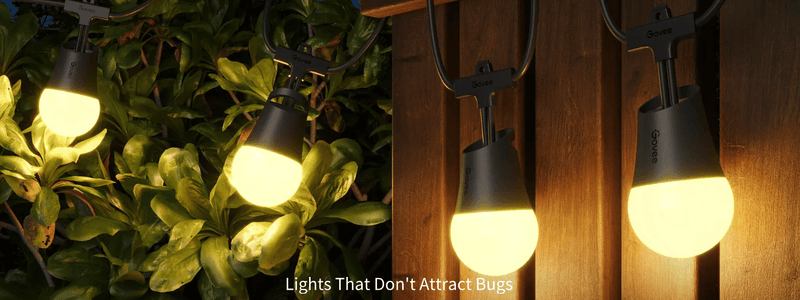
It’s fascinating how certain light colors attract way more insects than others. Standard white and blue-toned bulbs are basically bug magnets that draw moths, beetles, and other flying insects right to your doors and windows. Those bugs then attract spiders and other predators.
Switch your outdoor fixtures to yellow bulbs or sodium vapor lights, which insects find much less attractive. Place lights away from doors when possible rather than right beside entrances. Consider motion sensors so lights only activate when needed.
This lighting change won’t eliminate all bugs, but you’ll notice significantly fewer insects swarming around your home at night. Fewer bugs outside means fewer finding their way inside when doors open.
12. Schedule a Professional Pest Inspection
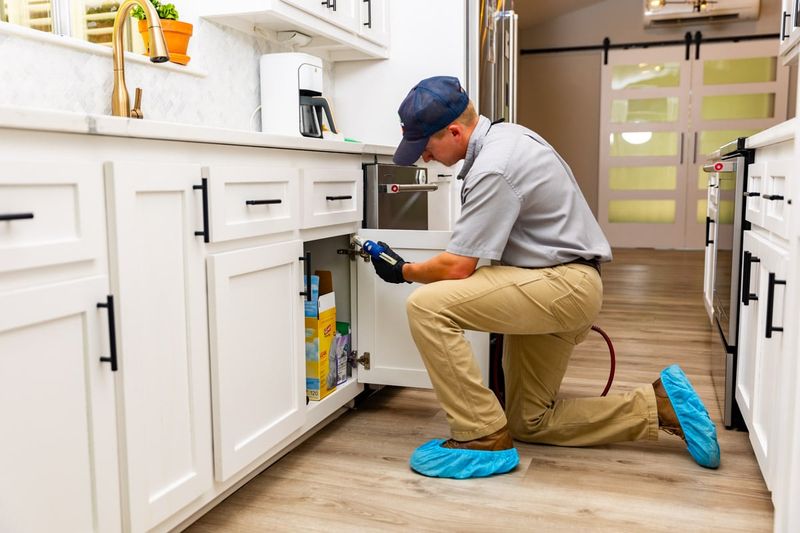
When was the last time an expert examined your home for pest vulnerabilities? Professional inspectors are trained to spot problems you might miss, like early termite damage, hidden entry points, or conditions that attract specific Wyoming pests. They know exactly what to look for.
Contact a reputable local pest control company and schedule a thorough inspection before fall arrives. Ask them to identify vulnerable areas and recommend preventive treatments. Many companies offer free inspections with no obligation.
This professional assessment gives you peace of mind and a clear action plan for protecting your home. Catching problems early saves you money and stress compared to dealing with a full-blown infestation later.
13. Organize and Declutter Your Basement and Garage
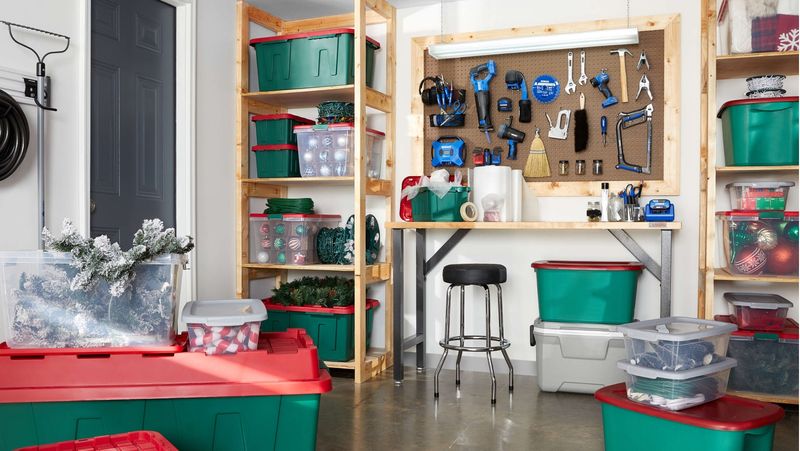
Are your basement and garage filled with boxes, old furniture, and random stuff piled everywhere? Clutter creates countless hiding spots where pests can nest undisturbed for months. Spiders, mice, and insects absolutely love dark, messy spaces with lots of cover.
Sort through your stored items and donate, trash, or organize what remains. Use plastic storage bins with tight lids instead of cardboard boxes that rodents can chew through. Keep everything off the floor on shelves or pallets.
A clean, organized space is much easier to inspect for pest activity and offers fewer places for critters to hide. You’ll also find what you need faster and might rediscover items you forgot you owned.






